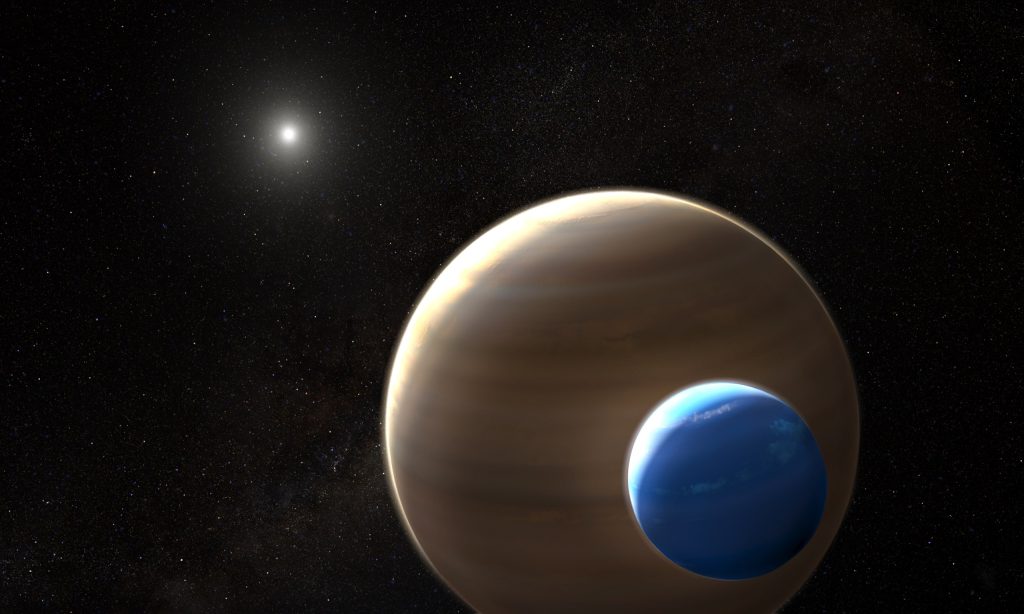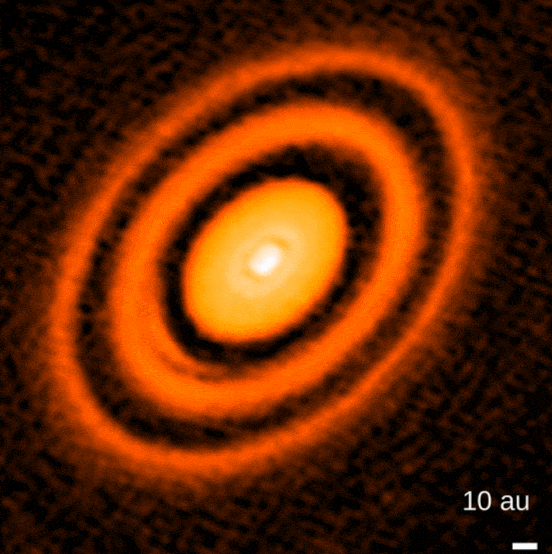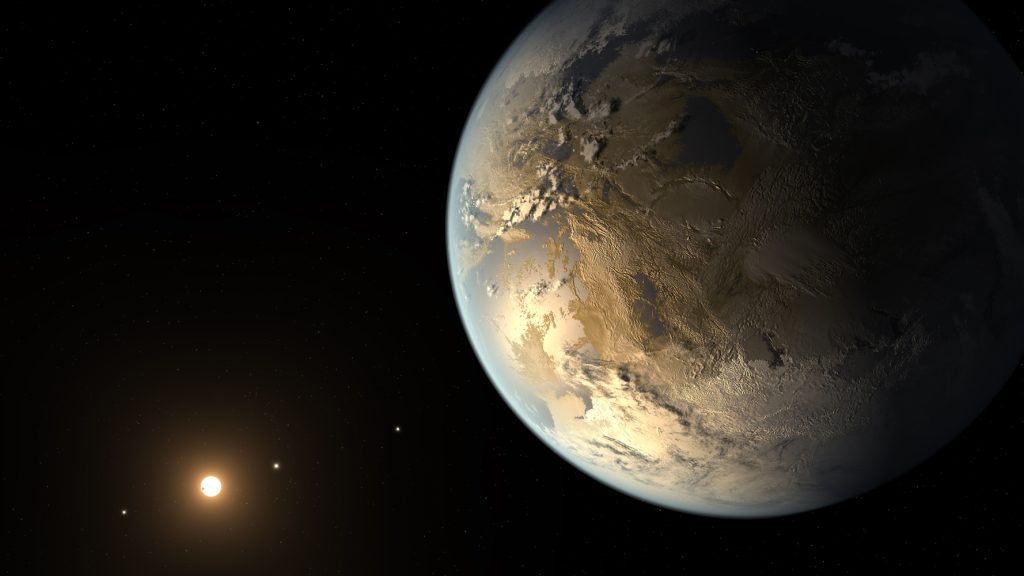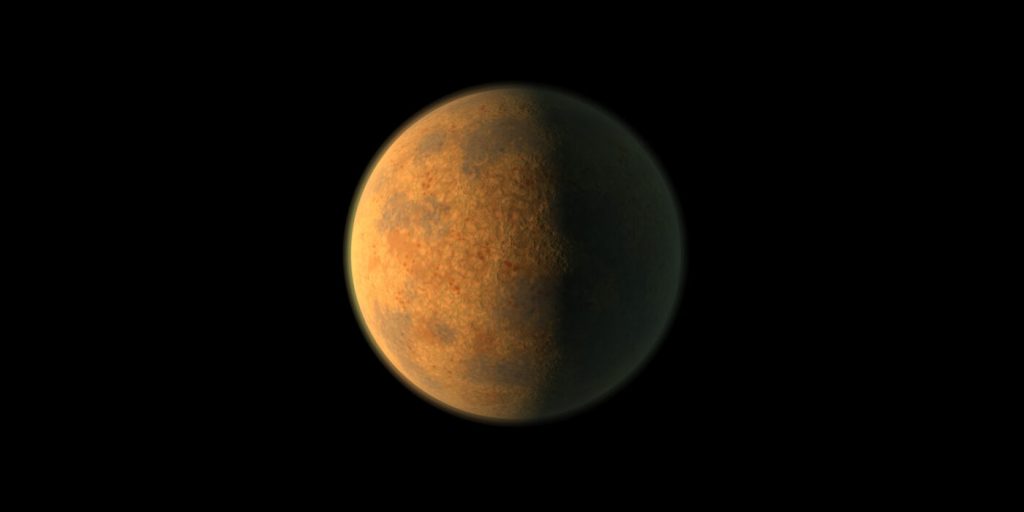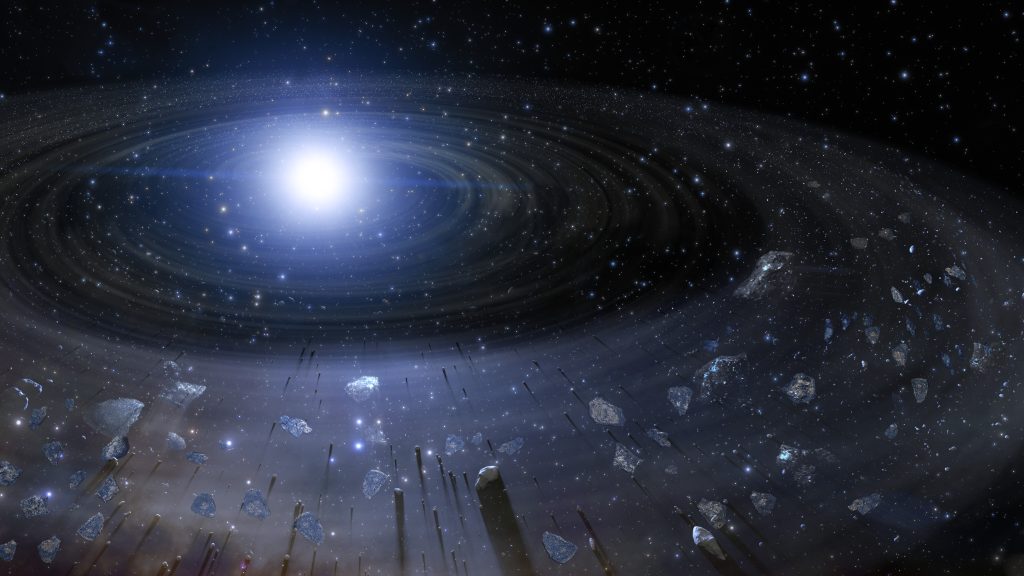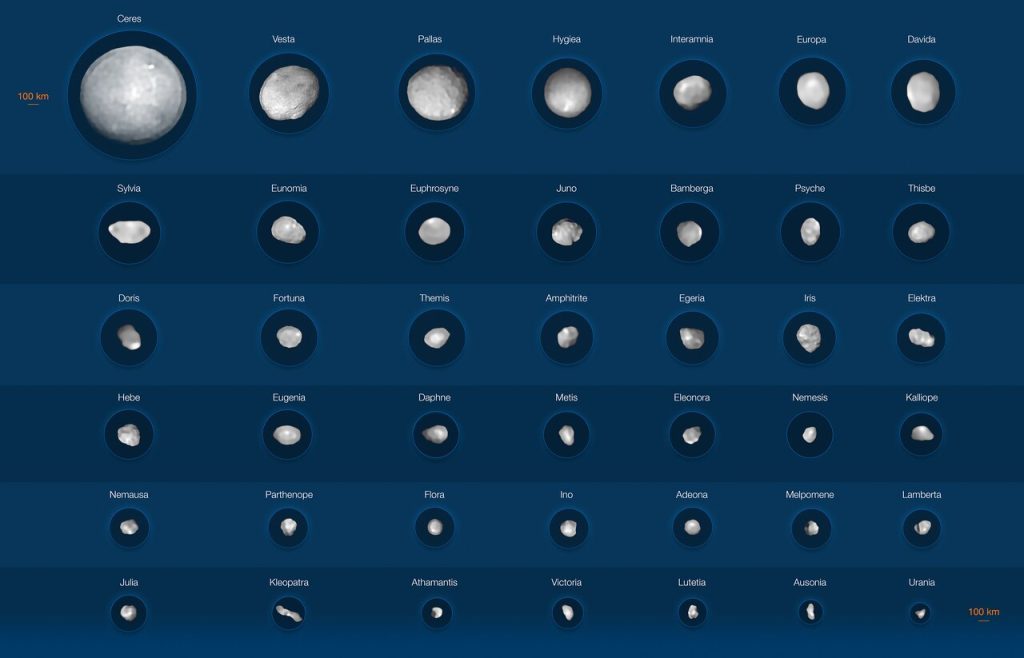New candidate for exomoon discovered
Almost all planets in our solar system - and even some dwarf planets - are orbited by moons. In other star systems, however, astronomers have not yet been able to definitively confirm a single moon. Is it because there are no moons there? Certainly not - our observational technology simply isn't ready yet. But an article published in Nature Astronomy now introduces at least one new candidate for an exomoon. If confirmed as an exomoon, Kepler-1708 b-i - which is 2.6 times larger than Earth - could provide a missing piece of the puzzle for understanding the formation and…
